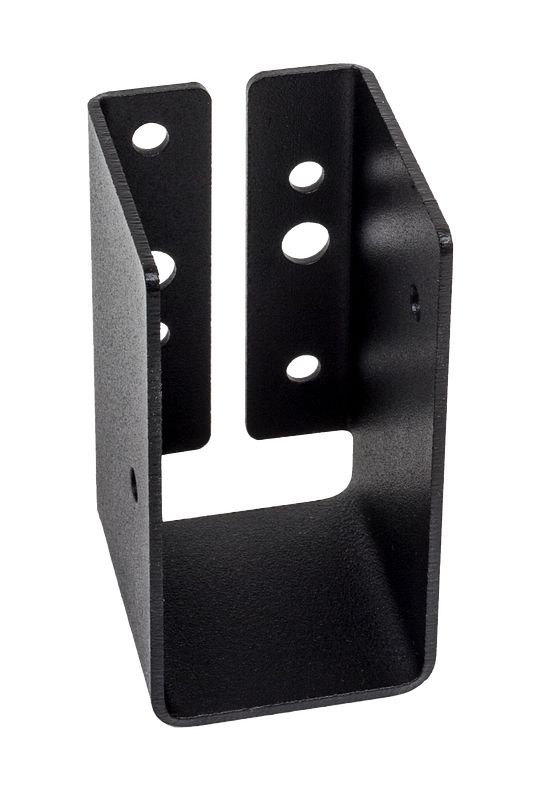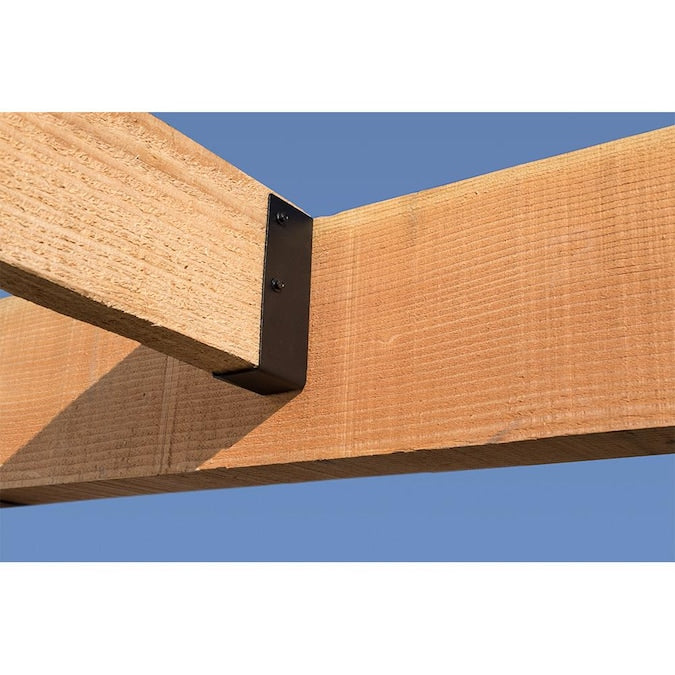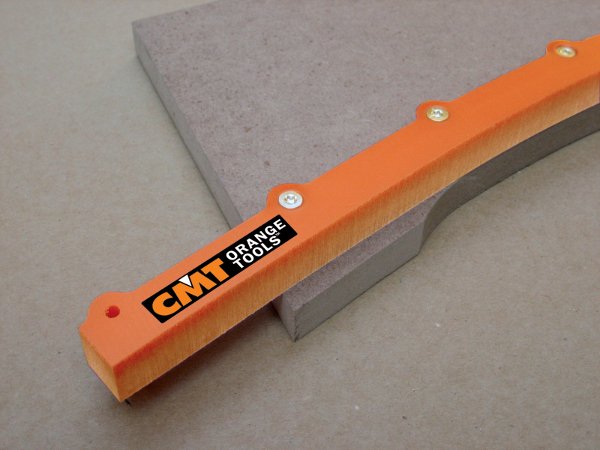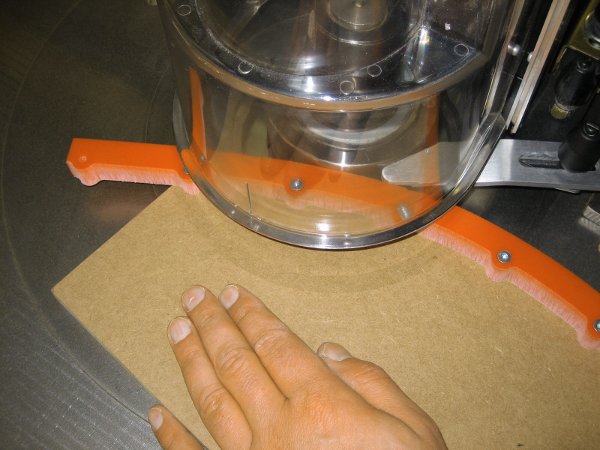In woodworking, secure and lasting connections stand as a testament to craftsmanship and expertise. Among the numerous techniques employed to achieve this, dowel joinery stands out due to its simplicity and time-tested reliability. When two pieces of wood need to come together seamlessly, dowel joinery can often be the answer. By delving into its unique attributes and applications, we can appreciate how this method continues to hold its ground in modern woodworking.
Understanding Dowel Joinery
Dowel joinery involves using cylindrical wooden pins, called dowels, to connect two pieces of wood, by drilling matching holes into each piece and inserting dowels with adhesive, a secure bond forms. This method, steeped in tradition, prioritizes functionality and aesthetics, ensuring that joints remain strong and virtually invisible.
Benefits of This Technique
There's a reason dowel joinery remains popular among carpenters and DIY enthusiasts alike. First and foremost, the strength of the connection is commendable. The dowels provide an expansive surface area for adhesive application, ensuring a robust bond. Moreover, since the dowels fit snugly into the dowel-drilled holes, an inherent alignment aids in achieving precise and neat results. This makes it a go-to method for projects where appearance matters just as much as functionality.
Applications in Various Projects
The beauty of dowel joinery lies in its versatility. This technique finds its place seamlessly, from crafting elegant furniture pieces like chairs and tables to constructing cabinetry and bookshelves. Its non-intrusive nature ensures the final product remains free of visible screws or nails, making it particularly favored for pieces that emphasize a clean finish. Additionally, it can be a boon for repair projects, enabling woodworkers to restore older furniture without compromising its original charm.
Tips for Perfecting Dowel Connections
For those eager to harness the power of dowel joinery, a few tips can elevate the results:
- Measurement Precision: Ensure to measure twice and cut once. Accurate measurements lead to snug fits, reinforcing the joint's strength.
- Choice of Adhesive: Go for quality wood glue. A strong adhesive plays a pivotal role in ensuring the longevity of the connection.
- Clamping: Once the dowels and adhesive are in place, use clamps to hold the pieces together until the glue dries. This ensures a tight bond and prevents any misalignment.
Embracing Tradition in Modern Woodworking
In an era brimming with advancements, sometimes the time-honored techniques shine the brightest. With its balance of simplicity and effectiveness, Dowel joinery encapsulates this sentiment. By understanding its nuances and applying it appropriately, woodworkers can continue to create pieces that aren't just functional, aesthetically pleasing, and enduring.






